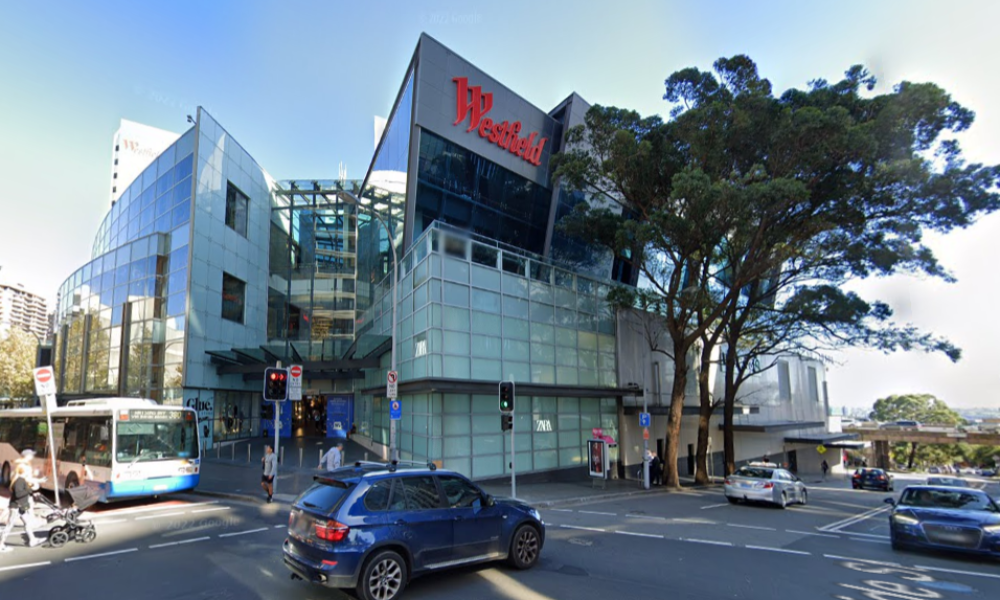The Victorian Public Service took leadership into its own hands with the establishment of the Victorian Leadership Development Centre. HR Leader examines how this “centre of leadership excellence” operates and looks at what HR professionals can learn in the process
The Victorian Public Service took leadership into its own hands with the establishment of the Victorian Leadership Development Centre. HR Leader examines how this “centre of leadership excellence” operates and looks at what HR professionals can learn in the process
The public sector has sometimes lagged behind its private counterpart when it comes to cutting-edge leadership de velopment. However, the public sector has been making significant strides in leadership development in recent years, and one of the best examples of this can be found in the Vic torian Leadership Development Centre (VLDC), which serves as a “centre of leadership ex cellence” for the Victorian Government.
The VLDC’s core functions include build ing leadership capacity across the Victorian Public Service (VPS), developing best prac tice approaches to leadership development and talent and succession management, as well as creating a broad and diverse pool of leadership-ready talent. It was established in 2008 following a State Services Authority study which found that a significant percent age of executives were planning to retire or leave the VPS in less than five years’ time. Furthermore, while some individual depart ments had good leadership development practices in place, there was no common lead ership vision success across the VPS, which meant it was unable to deliver the skills and breadth of experience leaders needed to move onto more senior roles.
The VLDC approach
The VLDC took a number of steps to ensure its interventions were appropriately targeted and addressed the areas of greatest business risk, according to its CEO, Leanne Ansell- McBride. The VLDC’s Board, which includes the secretaries of every VPS department, un dertook a risk assessment of the most tal ented leaders and potential leaders, identi fied a common vision and competency frame work for future leadership success within the VPS and completed an in-depth diagnostic to identify leadership gaps in high potentials, Ansell-McBride explains.
The centre also designed a ‘Two days in the life of a secretary’ assessment centre, using real-life scenarios which the depart mental secretaries themselves found chal lenging when they were promoted to their roles. A majority of the secretaries spend an entire day and evening with program partici pants, who are assessed by the secretaries in conjunction with other skilled assessors.
Assessment centre activities are supple mented with video and paper-based appli cations as well as 360 degree interviews. Every participant receives a detailed report which includes individual development plans, and all of the VLDC’s interventions are subse quently driven from these plans.
The execution of these development plans are based on the 70, 20, 10 rule, whereby 70 per cent of initiatives are experiential on-the- job learnings, which include special projects and actual learning through real work prob lems. A further 20 per cent is dedicated to net work learning, and in particular, learning from peers and observing other leaders that work with departmental secretaries, while the last 10 per cent is classroom-based. “There’s a lot of research that shows, particularly at the executive end, that these types of approach es deliver greater and longer lasting results,” Ansell-McBride explains.VLDC outcomes
The VLDC has met with considerable success in its leadership development initiatives to date. Thirty per cent of program participants have been promoted to the next level, which is quite significant according to Ansell- McBride, as all jobs are advertised and ap plicants assessed against strict merit process es and requirements.
A further 42 per cent of participants have acted in a more senior role, in which they have been provided with an opportunity to step up into a more senior role to learn, while a further 42 per cent have undertaken cross-depart ment placements or moved within their own department. Participants’ line managers were also surveyed, with a reported 23 per cent skills improvement over 10 months.
“Participants themselves have described the self-directed individual learning design as very valuable. This is not one size fits all, so participants appreciate that the learning matches their needs and that it helps them commit to the learning in the workplace, as that is where the most of the development actually takes place,” Ansell-McBride says.
Challenges and lessons learned
One of the common mistakes that organisations make when it comes to leadership development is focusing more on the assessment re sults/diagnosis rather than the actual development steps. “I think we partly fell into this trap early on,” Ansell-McBride recalls. “I’m sure people can all think of 360 degree feedbacks or cultural surveys that they’ve participated in, where the actual gathering of the data be comes more of an event. With our very first round of participants, we ran the assessment and then presented the results to our Board. We then spent the next three months chasing participants for the most important part of the program – their development plans.”
With more recent programs, she says there has been a stronger focus on what the participant is actually going to do to build their skills to close the gap rather than just analysing assessment results.
“The other thing I’d say is that we probably needed to better po sition our leadership offering from the outset,” she explains. “Peo ple often think of leadership development as some sort of struc tured, program based intervention, but the approach we’ve taken really is a new way of learning, which not all of our business lead ers had experienced.”
Leadership development advice for HR
Any leadership development initiative needs to be driven by the business rather than HR, according to Leanne Ansell-McBride, CEO of the Victorian Leadership Development Centre. "That's been one of the key elements to our success," she explains. "In all my years of working in the private sector, I spent a lot of time trying to convince CEOs and managing directors that they needed to implement a vast array of HR initiatives. In this role I really do have that senior level support, because the secretaries of each department came together and decided to set up the VLDC."
Another key to leadership development is being clear on what success looks like, from both a capability and experiential perspective. "While you can have a great capability framework, some of the biggest gaps in leaders can be in their experience, so you need to be able to define and enable the experiences senior leaders need," Ansell-McBride says.
"That can be a really big task unless you prioritise your efforts based on business imperatives. So the leadership risk assessment that we did showed us where our greatest risk was, and that helped us to target what we're doing."








